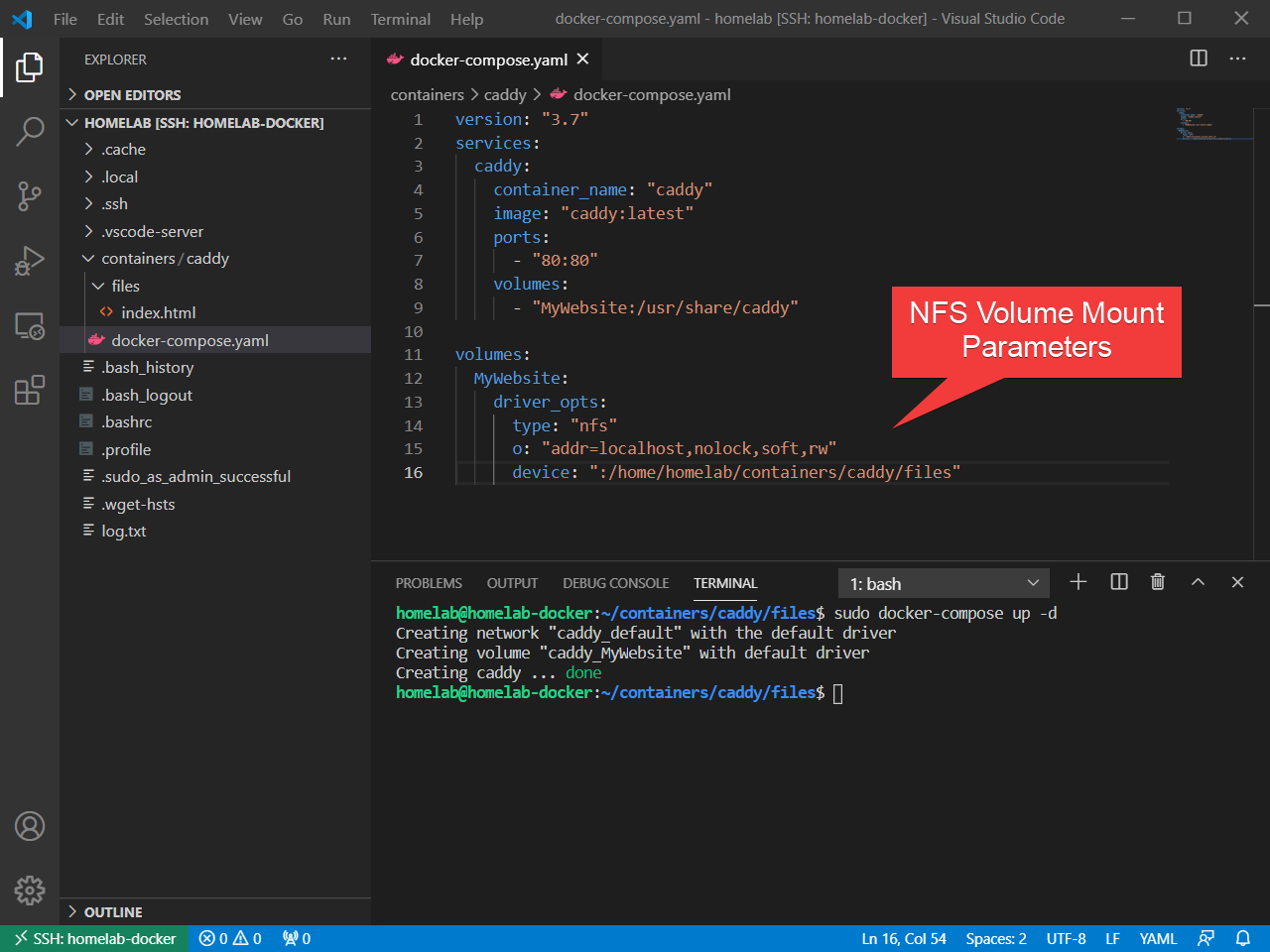

Would you expect that exposing a port in Docker would bypass your firewall configuration? Or would you expect that as the system administrator you would need to add a firewall rule to allow access to the Docker Container *if* you wanted outside entities to access it? To secure the system, you’ve done the following:Īt this point, you expect that the *only* access through the firewall is Port 22 for remote access via SSH. For example, consider a Debian System using UFW as its firewall manager. Now consider that you’re being conscientious of your own systems and are running a firewall. This has the effect of allowing things outside the Docker Container access to things inside the Docker Container but only on the specified port. Via the Docker Compose Configuration using the EXPOSE attributeĪll three of these work in basically the same manner – configuring the local system firewall rules to expose the specified Port using the format: “:”.Via the Dockerfile Configuration using the EXPOSE command.


This is achieved by telling Docker to give a network interface to the Application UI Container that also exists in the network for Application A. However, when Application B needs to talk to Application A, then the two networks must be linked together. For example, consider the following system:īy separating each into its own Docker Network, the systems remain isolated from each other. Docker Compose makes it very easy to create Docker Networks and link them together – to mimic production environments where each service is isolated in its own network and only interacts via defined interfaces.
#DOCKER IP VS PORT HOW TO#
However, like with any technology, one must know how to be secure when using it.īy default, Docker interacts with other Docker Containers via the Docker Network.
#DOCKER IP VS PORT SOFTWARE#
It’s a great way to ship a reliable software environment between systems or even to customers. It is useful for creating identical environments and sharing them between development, testing, production, and others. Docker is an awesome technology, and it’s prevalent in nearly every software developer’s workflow.


 0 kommentar(er)
0 kommentar(er)
